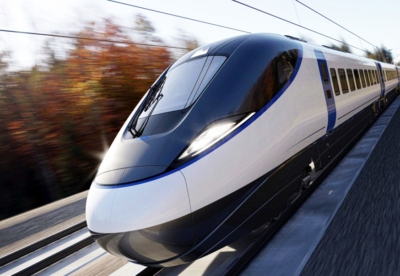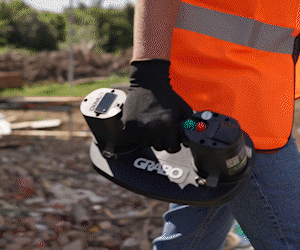After building the 900 tonnes plus bridge in modular sections, a 128-wheel hydraulic platform took just 45 minutes to move the bridge span 150m, where it was lowered onto the abutment shells.
The bridge move was led by specialist engineering contractor Expanded for the enabling works contractor LMJV.
Traditional construction methods would have required several weeks of lane closures on both carriageways, followed by additional weekend and overnight closures.
LM Senior Project Manager Richard Fairhurst said: “Digital design, offsite manufacturing and modular components are the enablers of innovative construction methodology – they bring greater efficiency and safety to major infrastructure projects like this, and importantly, can save months on delivery schedules.
“That’s great news for clients, stakeholders and local communities alike. This is the future of bridge design and delivery.”
Durham-based Cleveland Bridge manufactured and supplied 220 tonnes of steel girders for the bridge, while Expanded’s off-site manufacturing factory in Nottinghamshire provided 80 precast concrete modular abutment blocks.
Also supporting the hi-tech process, a design joint venture involving WSP and Ramboll provided engineering and environmental services.


























































